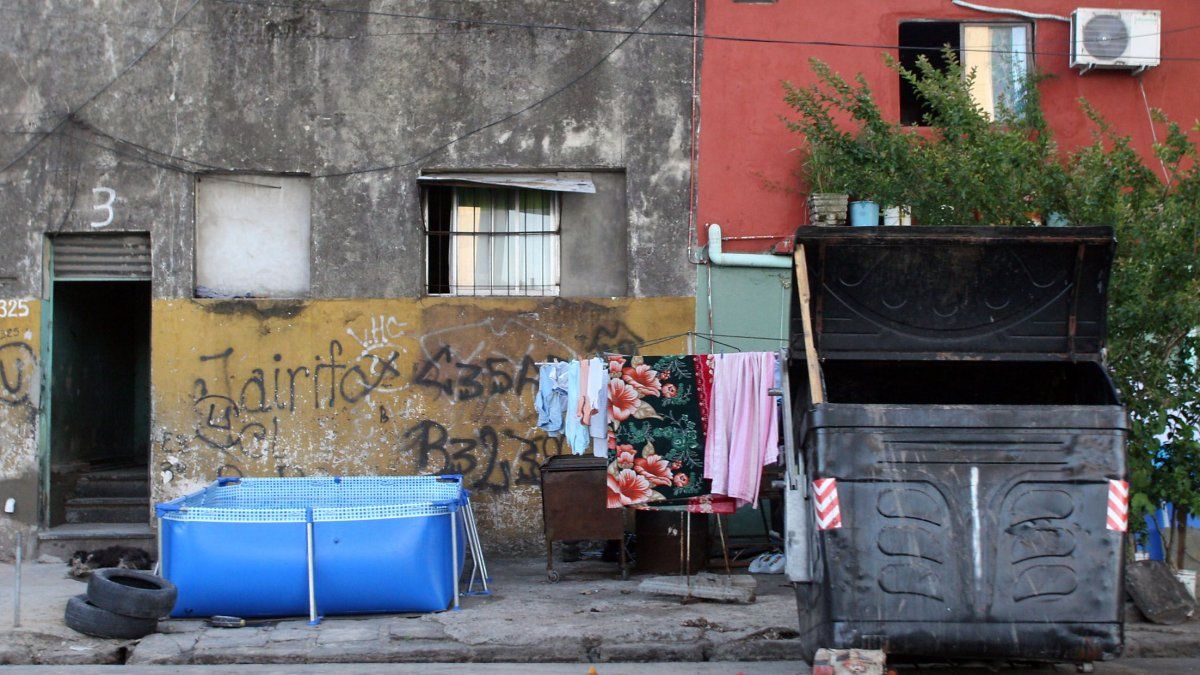The Ministry of Human capital He spread Thursday that the percentage of Poverty in the country was reduced to 31.7% and indigence at 7.3% in the first quarter of the yearaccording to a study by an organism of the portfolio conducted by Sandra Pettovello. They affirm that it is due to macroeconomic balance, the brake of inflation and direct transfers to vulnerable sectors.
The data arise from a projection made by the National Social Policy Coordination Council (CNCPS) From the income distribution report published by INDEC, dependent on human capital. As INDEC makes its own poverty measurement every six months, for about a year, the CNCPS began to make quarterly reports.
According to human capital in a statement, The poverty data represents a year -on -year decrease of 23.1% in relation to the first quarter of 2024already with the libertarian government in operation. They ensure that in that period there was the highest peak poverty with a 54.8%projection.
Human capital poverty
Meanwhile, human capital stressed that The destitution reached 7.3%which represents a year -on -year decrease in 12.9 pp, taking into account that a year ago was 20.2%.
The Ministry led by Pettovello emphasizes that the INDEC measurementThe official statistics agency reported in the first quarter of 2024 a poverty of 52.9%, falling significantly to 38.1% in the second quarter.
For human capital, the decline is explained by “Two key factors: economic policies taken by the Government that helped to balance macroeconomics and stop inflation, and Transfers targeting to the most vulnerable sectorsdirect and transparent. “
Human capital indigence

Poverty effect: Economic stress closed 2024 at four-year maximums and hits medium-low sectors more
The Inflationary acceleration processes, Revenue fall and the posterior deterioration of household assets generate what is called Economic stresswhich according to the measurement of the UCA Argentine Social Debt Observatory He reached 50% In 2024, while poverty was 38.1% and destitution in the 8.2%, According to the last measurement of INDEC.
He Economic stress surpassed the 50% for the first time from postpania in 2021, according to the historical series presented by the UCA Argentine Social Debt Observatory. The indicator managed to pierce that key level of 50% in 2021, which reached for the first time in 2016, amid the acceleration of rates and prices, product of the “sincere” of the government of Mauricio Macri.
It is an indicator that Expand the analysis of multidimensional povertysince it measures the perception of the capacity of total income of the home To cover monthly basic consumption, sustain consumption patterns and savings capacity. The home manifests sufficiency or insufficiency of income, that is, that it is not enough to cover its basic and usual consumption, as well as declare whether they had the possibility or not to save.
“The common sense of ‘does not reach me’ shows a more realistic vision of poverty for more than it is a subjective factor”highlighted in the presentation of the report “Economic stress: changes and continuities of historical evolution (2010-2024) and the recent period (2022-2024)” The coordinator Agustín Salvia.
In that line, the economist explained that in economic stress it is observed that “there is a sustained increase in the poverty rate between 2022 and 2024”. On the contrary to the official data, “it does not observe a peak in 2023 and a very pronounced decrease in 2024”.
Source: Ambito




